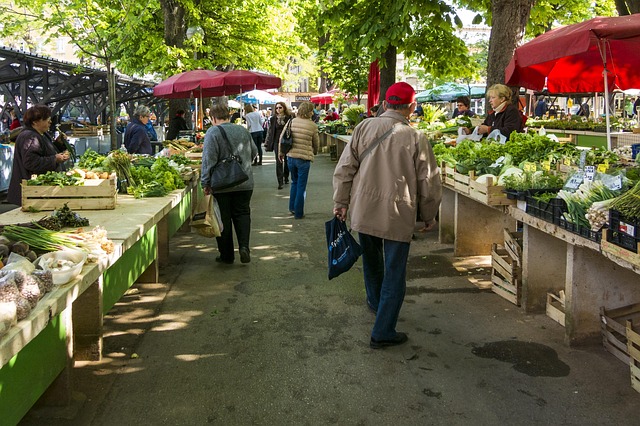Grocery: Practical Guide to Markets and Shopping
Grocery shopping covers a wide range of choices, from supermarkets and specialty stores to farmers' markets and small independent vendors. Understanding how different outlets operate, what they sell, and how they fit into your routine helps you make more informed decisions about quality, convenience, cost, and sustainability. This guide looks at common grocery channels and how related marketplaces — including outdoor markets and craft or antique fairs — interact with everyday food buying.

What role do vendors play in grocery shopping?
Independent vendors often supply specialized items, prepared foods, or locally produced goods that larger supermarkets do not carry. Vendors may operate within brick-and-mortar shops, stalls in markets, or as mobile sellers. For shoppers, vendors can provide direct information on sourcing, seasonality, and production methods. Building rapport with vendors can reveal options for bulk orders, seasonal availability, or product substitutions, and supports livelihoods in the local food ecosystem.
How do outdoor markets differ from stores?
Outdoor markets typically emphasize seasonal produce, artisanal goods, and a rotating selection of vendors. Compared with grocery stores, outdoor markets often offer more immediate seasonal variety and the chance to speak directly with producers. Shopping at outdoor venues may take more time but can yield fresher produce and a clearer sense of provenance. Weather, market hours, and vendor turnover are practical considerations when planning visits to outdoor markets.
Can antique or collectible markets affect grocery choices?
Antique and collectible markets are usually separate from grocery outlets, but they can intersect with food culture in community markets or event settings. For example, weekend markets that feature antiques and collectibles sometimes also host food vendors or artisanal food stalls. While antiques themselves do not influence the quality of groceries, these mixed-market events can concentrate small vendors, craft food producers, and specialty tastings in one place, offering shoppers a broader local shopping experience.
How do craft producers fit into grocery supply?
Craft food producers—such as small-batch bakers, preserves makers, and specialty condiment artisans—supply products that often appear in specialty grocery aisles, farmers’ markets, and online marketplaces. Craft producers typically emphasize technique, ingredient selection, and limited runs. For grocery shoppers, craft products can add variety and culinary interest but may come at a premium compared with mass-produced alternatives. Checking labels, ingredient lists, and producer background can help evaluate whether a craft product suits your needs and budget.
How to find local services and compare grocery options in your area?
Start by mapping available options: supermarkets, specialty stores, farmers’ markets, and independent vendors. Online directories, community boards, and local services listings can identify nearby markets and producers. When comparing, consider factors such as product range, seasonality, price points, convenience, and return or refund policies. For perishable items, assess storage and transport options; for specialty purchases, ask vendors about production methods or allergen handling. Combining different sources—weekly supermarket trips supplemented by market visits—can balance cost and variety.
Conclusion
Grocery shopping encompasses a spectrum of retailers and sellers, from large supermarkets to independent vendors, outdoor markets, and craft producers. Each channel brings distinct advantages: convenience and variety from stores, freshness and direct sourcing from outdoor markets and vendors, and unique products from craft makers. Understanding these differences helps shoppers match choices to priorities like budget, quality, and sustainability, while also supporting the diverse local services that contribute to a resilient food system.




